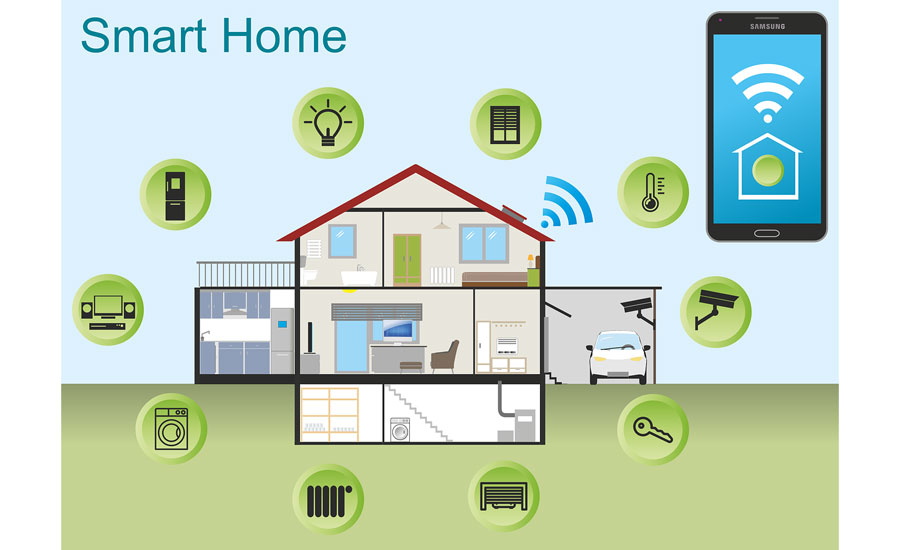The Ultimate Overview To Recognizing Warmth Pumps - How Do They Work?
The Ultimate Overview To Recognizing Warmth Pumps - How Do They Work?
Blog Article
Web Content Produce By-Neergaard Best
The best heat pumps can conserve you substantial amounts of money on energy bills. heat pumps three kings can also help in reducing greenhouse gas exhausts, especially if you make use of electrical energy in place of nonrenewable fuel sources like propane and home heating oil or electric-resistance heaters.
Heatpump function quite the same as air conditioners do. This makes them a feasible alternative to traditional electrical home furnace.
How They Function
Heatpump cool down homes in the summer and, with a little aid from electrical power or gas, they give some of your home's home heating in the winter. They're a great alternative for individuals that wish to decrease their use of nonrenewable fuel sources however aren't prepared to change their existing heater and cooling system.
They rely upon the physical reality that even in air that appears too cool, there's still energy present: cozy air is constantly moving, and it wants to relocate right into cooler, lower-pressure atmospheres like your home.
Most power celebrity accredited heatpump operate at close to their heating or cooling ability throughout most of the year, minimizing on/off cycling and conserving energy. For the best efficiency, concentrate on systems with a high SEER and HSPF ranking.
The Compressor
The heart of the heat pump is the compressor, which is also called an air compressor. This mechanical flowing device makes use of potential energy from power development to enhance the stress of a gas by minimizing its quantity. It is different from a pump because it only works with gases and can't work with liquids, as pumps do.
Atmospheric air enters the compressor through an inlet valve. It circumnavigates vane-mounted arms with self-adjusting length that divide the interior of the compressor, developing numerous tooth cavities of varying dimension. The rotor's spin forces these cavities to move in and out of phase with each other, pressing the air.
The compressor pulls in the low-temperature, high-pressure refrigerant vapor from the evaporator and compresses it right into the warm, pressurized state of a gas. This process is repeated as needed to provide home heating or cooling as called for. The compressor also has a desuperheater coil that reuses the waste warmth and includes superheat to the cooling agent, changing it from its liquid to vapor state.
The Evaporator
The evaporator in heat pumps does the very same point as it performs in fridges and ac system, changing liquid cooling agent right into an aeriform vapor that removes heat from the room. Learn More Here would certainly not function without this essential tool.
This part of the system is located inside your home or structure in an interior air trainer, which can be either a ducted or ductless system. It consists of an evaporator coil and the compressor that compresses the low-pressure vapor from the evaporator to high pressure gas.
Heat pumps absorb ambient warm from the air, and after that utilize power to transfer that warm to a home or business in home heating mode. That makes them a great deal more power reliable than electrical heating units or heating systems, and since they're using tidy electrical power from the grid (and not burning fuel), they also generate much less discharges. That's why heat pumps are such great ecological choices. (As well as a big reason why they're becoming so preferred.).
The Thermostat.
Heat pumps are fantastic alternatives for homes in cool environments, and you can use them in combination with standard duct-based systems or perhaps go ductless. They're an excellent different to fossil fuel furnace or traditional electrical heating systems, and they're extra sustainable than oil, gas or nuclear heating and cooling equipment.
Your thermostat is one of the most crucial component of your heat pump system, and it functions very in a different way than a standard thermostat. All mechanical thermostats (all non-electronic ones) work by using compounds that change size with increasing temperature level, like coiled bimetallic strips or the increasing wax in a cars and truck radiator valve.
These strips consist of 2 various kinds of metal, and they're bolted with each other to create a bridge that finishes an electrical circuit attached to your cooling and heating system. As the strip gets warmer, one side of the bridge broadens faster than the various other, which creates it to bend and indicate that the heating system is needed. When the heatpump remains in heating setting, the reversing valve reverses the flow of cooling agent, so that the outdoors coil currently functions as an evaporator and the indoor cyndrical tube comes to be a condenser.